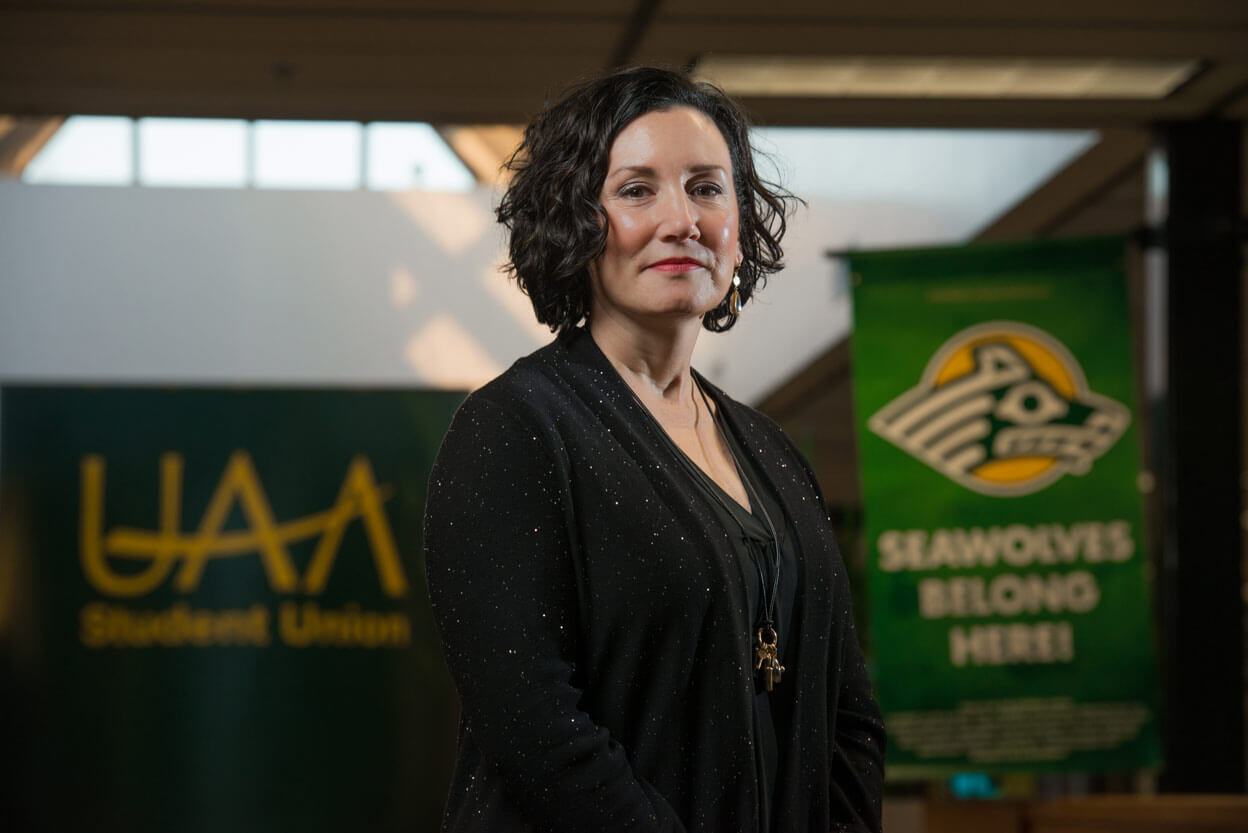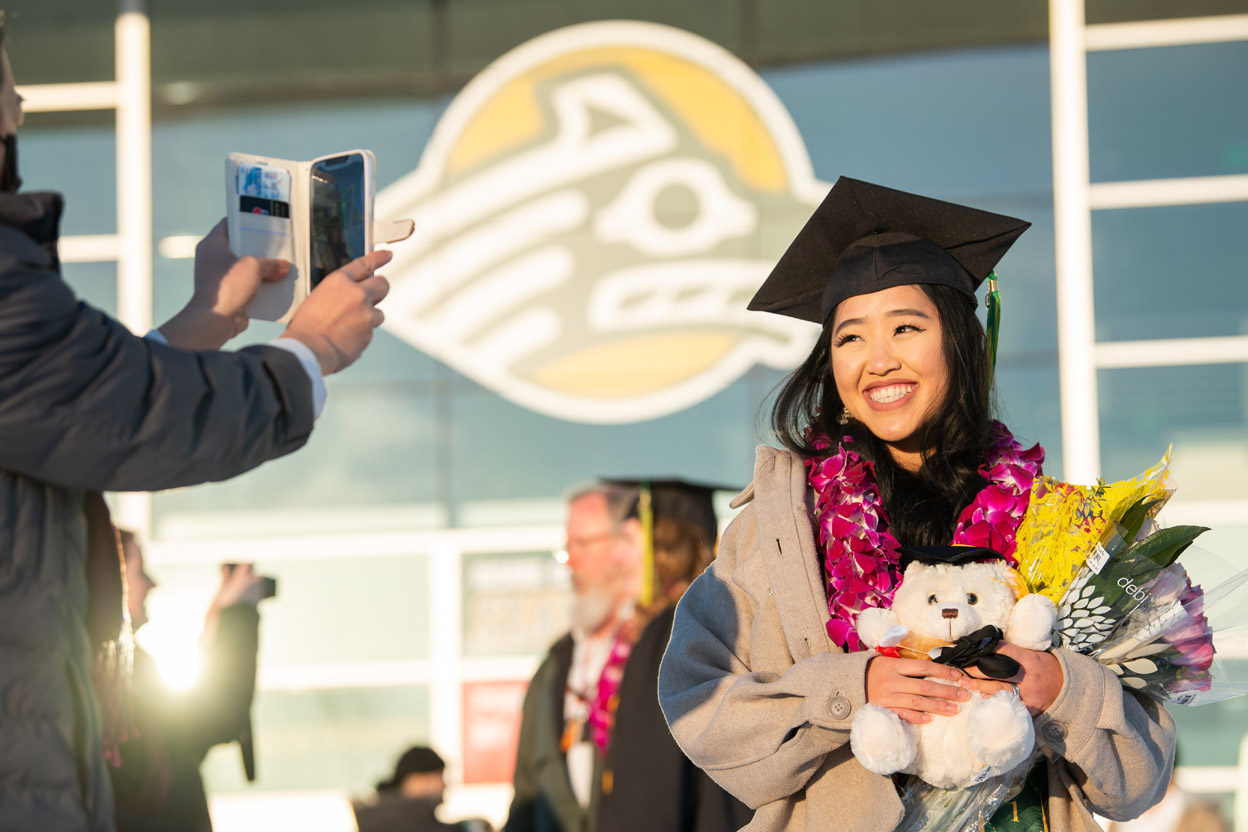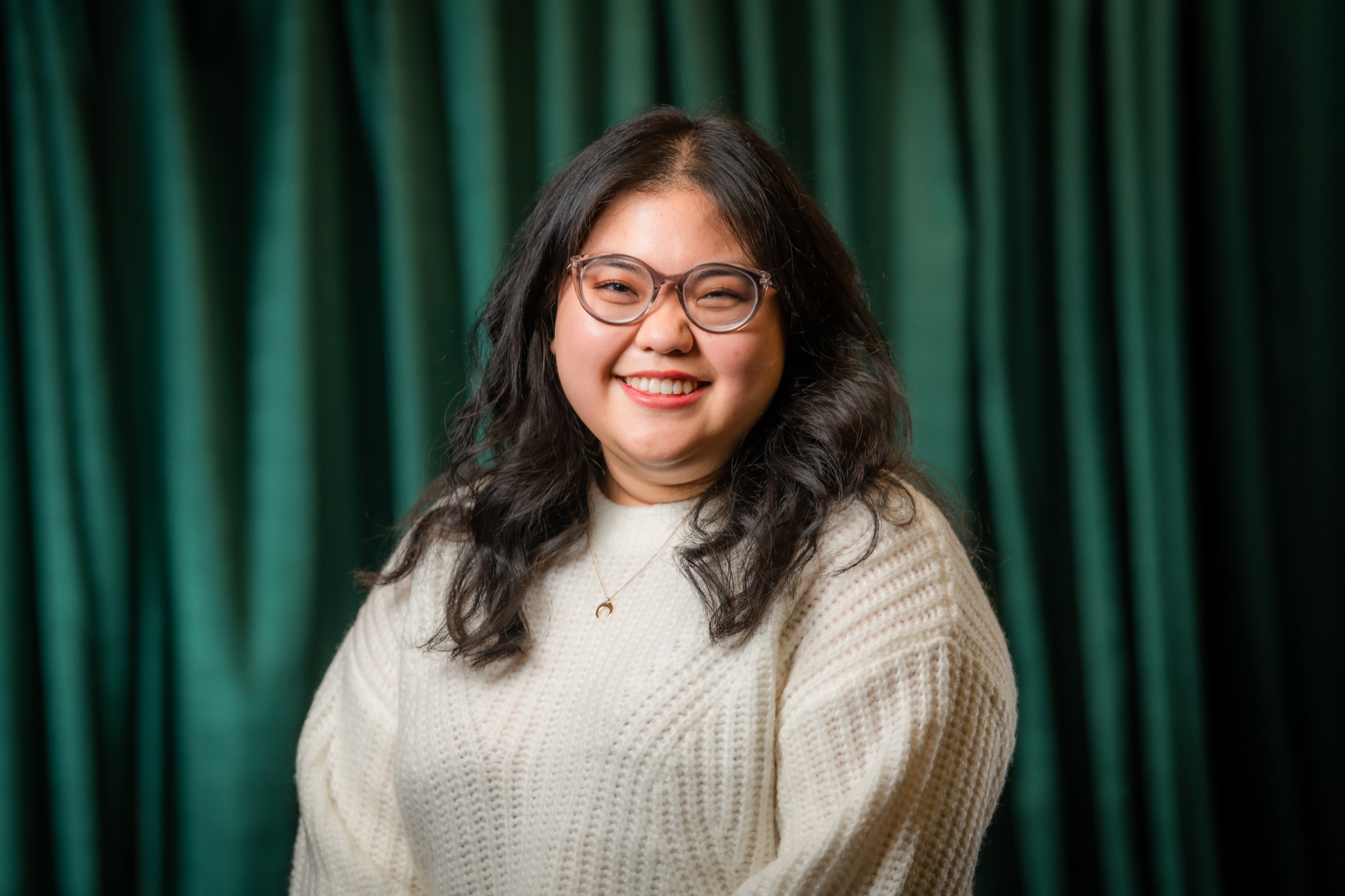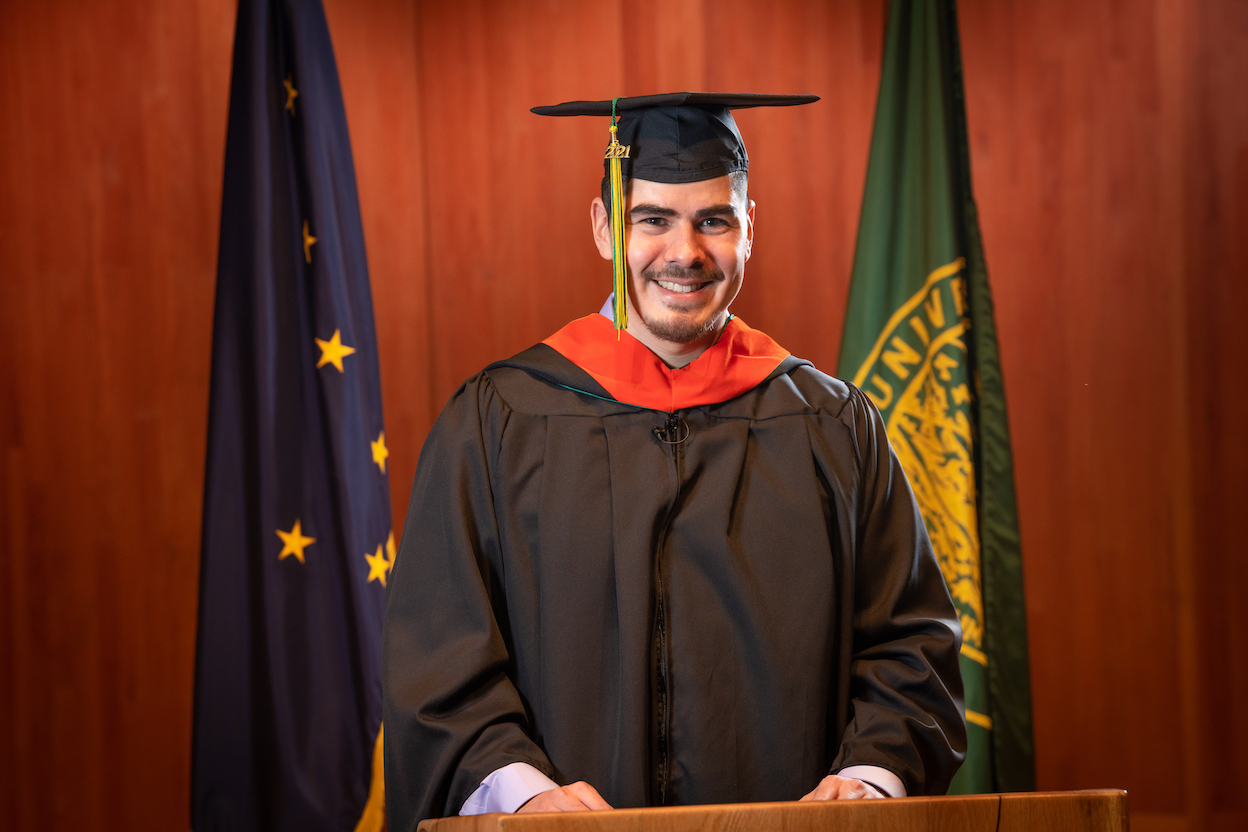The Student Connection Challenge
by Claudia Lampman, Vice Provost for Student Success and Dean of the Honors College |
As both a professor and a vice provost, Claudia Lampman reflects on students’ comfort levels in approaching faculty compared to administrators and on the need to build meaningful interactions.

The influence of technology on higher education, well before COVID shut campuses down, has been profound. As a faculty member, I once had lines outside my door during office hours, but today most questions are handled by email. I championed offering all of my department’s courses online as well as face-to-face, to make it easier for our students to complete their degrees.
But online courses make it harder for faculty to connect with students in some of the rich ways that can best happen face-to-face. The time before and after in-person class used to be filled with chatting students and lots of questions, but now students go straight to the small screen to check messages as they head out the door. Academic advising that was once done by faculty is now done by professional advisers. While this has had positive results for student success, it has removed an opportunity for a student to come to a faculty member’s office.
As both a vice provost for student success and professor of psychology, I was interested in the results of a recent Inside Higher Ed survey covering students’ ability to share campus feedback. Three in four of the 2,000 students said they were comfortable sharing their perspectives on issues with peers, one in three with faculty, but only one in 17 with a campus administrator — like, say, a vice provost.
Unfortunately, half of the respondents also said that if they did have an issue to raise, they would not know the correct department to contact.
It is not shocking that students would rather share important issues with faculty than administrators. But the fact that only one in three of the survey’s respondents felt comfortable sharing their perspectives with faculty has me concerned. We know that students who have strong connections to faculty are more likely to stay in school, engage on campus, do well in their classes and graduate. Making just one good connection with a faculty member — particularly early on in college — can influence whether that student drops out or stays in school.
Yet it’s harder for faculty to connect with students today.
Ideas for Strengthening Connections
So what does all of this mean to a professor-turned-student success administrator? Should I be concerned that students would rather talk to Professor Lampman than Vice Provost Lampman? No. But it is worrisome that many of our students know neither that we want to hear from them nor where to go to provide us with feedback.
So how do we do better? In the student success world, we talk a lot about “meeting students where they are.” When it comes to letting our students know that we want to hear from them, I have found my most successful efforts have happened by literally meeting students where they are: in the classroom and on Blackboard.
As a social scientist, I love data. I trust data. But a survey that only 5 percent of students respond to is not going to tell me as much about the big problems on campus as one a more representative sample of students complete. I’ve found that if I go into classrooms to recruit students for a survey or ask faculty to post a video request, the student response is much greater. It is critical to communicate my care and concern as authentically as possible.
I also find that having a student success section on our Blackboard main page is a great way to communicate with students. I am a huge fan of our chancellor’s Ask Me Anything campaign, too. That language is so open and inviting. So maybe a "tell me anything" button needs to appear prominently on Blackboard, where our students are spending time every day, especially during the pandemic.
Finally, Vice Provost Lampman will never connect with her students as well as Professor Lampman. As an administrator, I need to be thinking about how to make it easier for meaningful interactions between students and faculty to happen. I believe the pandemic has actually pushed us in the right direction in this area.
Faculty are very focused on building instructor presence, promoting engagement and setting a tone of care and inclusivity by welcoming students to class, doing emotional check-ins and incorporating storytelling into their courses. Having a 2-year-old on your lap during a lecture also makes a faculty member seem approachable and relatable.
Vice Provost Lampman will never connect with her students as well as Professor Lampman. As an administrator, I need to be thinking about how to make it easier for meaningful interactions between students and faculty to happen.
As we transition to the new normal, administrators should focus on giving faculty the time and tools needed to build inviting and inclusive classrooms. But it is more challenging and expensive to foster the deep faculty-student connections that come from high-touch experiences most likely to help a student stay in school and graduate. Mentoring students in undergraduate research, scholarship, clinical skills and career preparation is every bit as important as instructing students in the classroom, but it must be recognized as true teaching in faculty workloads and rewarded in promotion and tenure.
Student success is not just the job of faculty and administrators. Everyone who works on a college campus must understand that our daily actions and words tell our students this: we value you and your feedback about how we are doing. They will not speak up if we do not make it clear that we want them to.
This article originally appeared in Inside Higher Ed on March 10, 2021.
 "The Student Connection Challenge" is licensed under a Creative Commons Attribution-NonCommercial 4.0 International License.
"The Student Connection Challenge" is licensed under a Creative Commons Attribution-NonCommercial 4.0 International License.













